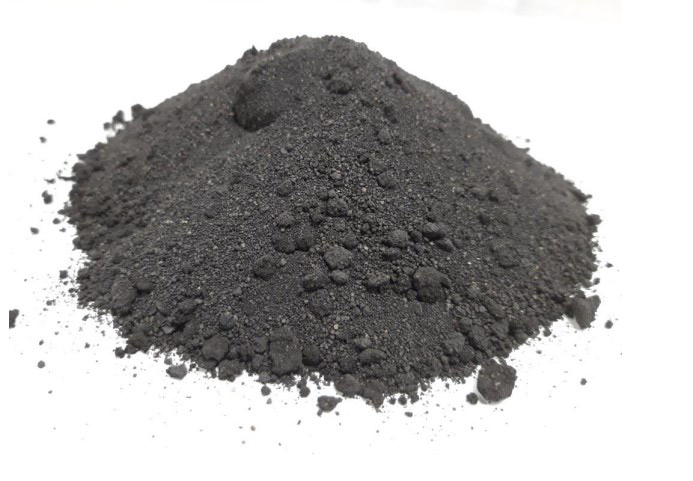MOSAM
TECHNICAL MORTARS FROM THE RECOVERY OF GREEN MOULDING SANDS
The so-called foundry sands are used in the generation of cores and sand moulds to shape the morphology of parts and components for the automotive sector, the production of which constitutes the industrial activity of FAGOR EDERLAN. The company generates around 50,000 tonnes of waste from these sands every year, out of the almost 160,000 tonnes generated annually in the Basque Country. However, this sand waste has great potential for recovery and reuse in the construction sector, particularly in the manufacture of concrete and mortar.
MOSAM is a project backed by FAGOR EDERLAN, a leading company in the manufacture of automotive components, which has green moulding foundries where it generates the surplus sand waste that is the object of the project. The TECNALIA Technology Centre and the leading mortar manufacturing company, SAINT-GOBAIN WEBER, a potential end-user company, have been involved in the project.

DRIVING FACTOR


 OBJECTIVES
OBJECTIVES
- Develop and industrially validate new technical mortars manufactured with green moulding sand from FAGOR EDERLAN's Eskoriatza Foundry plant.
- Define the necessary treatment of sand aimed at improving its characteristics for use as an aggregate in mortars.
- Develop new formulations with foundry sand substitution at laboratory level, and validate them on an industrial scale.
- Reduce natural aggregate consumption by at least 20%.
- Develop new sustainable products with a lower carbon footprint.
- Reduce landfilling of foundry sand.
- Reduce CO2 emissions by producing mortars with reused sands.
 RESULTS
RESULTS
- Validation of foundry sand as a substitute for natural sand in technical mortars.
- Performance without any significant variation in strength, setting times and water absorption between mortars tested with foundry sand and those tested with natural sand.
- Return of the original colour to the sand thanks to its thermal treatment (500 to 600ºC), as it eliminates the organic load present in the sand. This minimises the limiting factor of colour in the use of mortars due to the market demand for white mortars and concretes as opposed to grey.
- Elimination of leaching problems of foundry sands embedded in mortars, so that they can be deposited in non-hazardous waste landfill sites
 CONCLUSIONS
CONCLUSIONS
- MOSAM has shown the need for heat treatment to restore the initial colour of foundry sands due to market requirements.
- The possibility of manufacturing sustainable "Eco" mortars, with a significant reduction in Co2emissions2emissions is opened up. The generation of "Super Eco" mortars using moulding sands without heat treatment and convincing the market of their higher environmental value has not been ruled out.
- The results of MOSAM can be replicated by other mortar companies, so that the volume of green moulding sand to be reused could cover all the surplus sand in the Basque Country.
ENVIRONMENTAL
TECHNICAL
ECONOMIC
COMMERCIAL
ON THE MARKET




